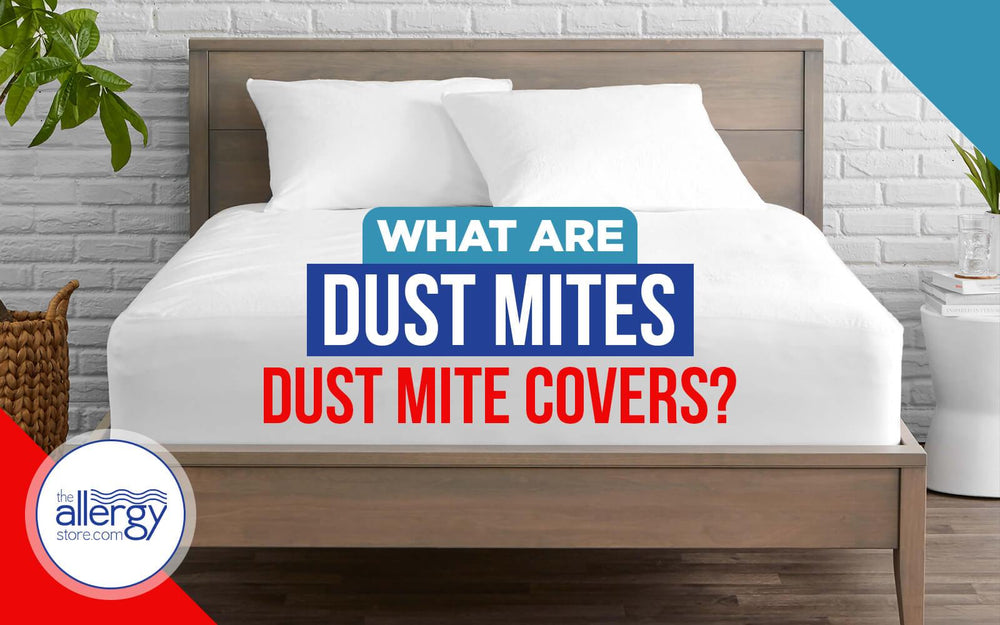
If you were recently diagnosed with an allergy to dust or dust mites and your doctor has recommended, (a 2016 NCBI study strongly recommended the use of use mite allergen-proof covers), that you encase your mattress, box spring, and pillow with dust mite covers.
So, What are dust mites? Are all mattress covers dust mite covers? Where do I buy these covers? These are just a few of the many questions people recently diagnosed with allergies commonly have.
What are Dust Mites?
Dust mites are very small insects that are relatives of spiders that can trigger allergic reactions and asthma in many people. Dust mites and their excrement contain a protein that causes an allergic reaction in a very large part of the human population. Dogs can be allergic to dust mites too!
Because dust mites are microscopic in size, you cannot see them on your mattress or pillow. You can not feel them crawling on your skin. Dust mites like the warmth of your body when you are sleeping and they feast on the skin cells that we shed. They get their moisture from the water vapor created when we sleep.
Your mattress and pillow are perfect environments for dust mites to thrive. That is why it is important that you have a dust mite cover on all of your pillows as well as the mattress and box spring.
What are Dust Mite Covers?
Not all mattress protectors or covers are dust mite covers. Dust mite covers are specially made to protect against dust mite allergens. To be an effective dust mite cover, it must be zippered and cover all sides of the mattress, box spring, or pillow. It must be sewn with close stitching or the seams might be bound for added protection.
The cover may be made of a micro-weave fabric or it may be made from a coated fabric. Micro-weave fabrics used to make dust mite covers rely on the tight weave of the fabric to give dust mite protection. Not all micro-weave fabrics provide protection against dust mites. In order to provide this protection, the mean pore size of the fabric used to make the dust mite cover should be at least 8 microns.
The most common coating for the coated fabrics is urethane. The coated fabrics are created by fusing fabric and either urethane or a plastic coating to the back of the fabric. It is the coating that provides the dust mite protection, not the fabric.
Where Do I Put Dust Mite Covers?
For maximum protection, you should have a zippered dust mite cover on every pillow on your bed. Your mattress should be covered in a dust mite cover and your box spring should be covered as well. If you have a mattress pad or feather bed on top of your mattress, this pad should be covered.
Many people just cover the mattress and topper/pad with one cover. It might be necessary to buy a dust mite cover made for a mattress slightly deeper than your mattress if you plan on using it to cover the bed and topper.
How Often Do I Wash My Dust Mite Cover?
It is very important to wash your sheets and pillowcases weekly in hot water. If you are washing your bedding weekly, it is not necessary to wash your dust mite covers every week.
You may want to wash your dust mite covers for your pillows about once a month. The dust mite cover for your topper or mattress should only need washing once or twice a year. Always make sure that your dust mite covers are completely dry before you put them back on the bed.
Wishing you the best of health
The Allergy Store

